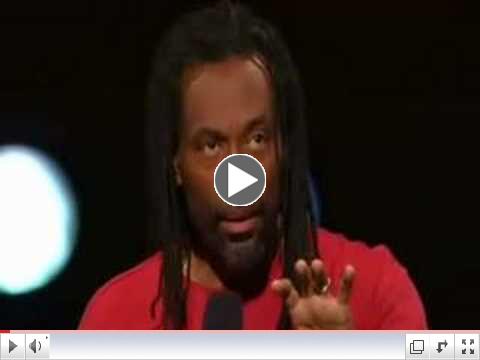|
Dear Reader,
A few issues ago we featured ways in which business can learn from nature. This month, we explore what teams can learn from birds. (And yes, LIM also changed its logo to a flock of birds in V formation!).
Enjoy the reading! (And check out the Quote of the Month at the bottom - to invite you to Stop and Reflect...)
|
|
 | Photo: The Gut/Flickr
|
Have you ever reflected on the V formation of a flock of birds? Geese, ducks, pelicans and some migratory birds use both a V and a J formation to fly. Why do they do so, and what can we learn from their animal behavior?
Biologists have identified two reasons for birds to fly in formation. The first relates to energy usage, and according to studies, when flying in a V or J shape birds can boost the distance they're able to fly by more than 70 percent. Scientists have discovered that when flying in this formation, when one bird flaps its wings it creates a small updraft that lifts the bird behind. As each bird flaps its wings, it transmits an updraft of energy to the bird behind it. Each bird flies slightly above the bird in front of him, resulting in a significant reduction of wind resistance. The birds take turns flying in the front of this formation, and then falling back when they get tired. By rotating their order through the group they harvest their energy and in this way can fly for a long time before they must stop for rest. The authors of a 2001 Nature article stated that pelicans that fly alone beat their wings more frequently and have higher heart rates than those that fly in formation. It follows that birds that fly in formation glide more often and reduce energy expenditure. Read More...
|
|
What is the best time for creativity?

T here is a time for everything, says Jena Pincott. Your best time for creative insights is not when you think. When psychologists Mareike Wieth and Rose Zacks asked night owls to solve problems that require intuition and non-linear thinking, they were more successful in the morning (8:30 a.m. to 9:30 a.m.)-not the later hours when they felt sharpest. Early birds' performance soared in the late afternoon (4:00 p.m. to 5:30 p.m.). In non-peak hours, problem-solvers arrived at solutions with little conscious effort or awareness. In prime time most of us are better at filtering out distractions and thinking analytically. In fuzzier hours your focus is more diffuse-that's when serendipity strikes.
|
|
Give yourself a little gift
 | | Bobby McFerrin - Ave Maria - You will wish to have been there! |
|
|
Coming Soon...
 GENTLE INTERVENTIONS for TEAM COACHING Little things that make a BIG difference
Have you wished there was a book with simple tools, that you could just read and try out next morning with your team, and that would be so powerful that it would qualify for the "best of the day" for everyone? So stay tuned, because Ernie Turner, has shared in this upcoming book stories and tools that are powerful, simple and fun. |
|
QUOTE OF THE MONTH
We're going to turn this team around 360 degrees
Jason Kidd,
from the Dallas Mavericks Basketball Team
|